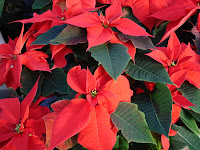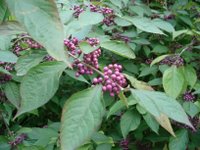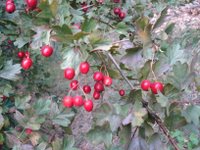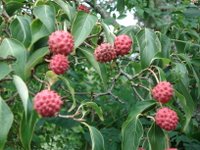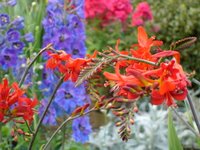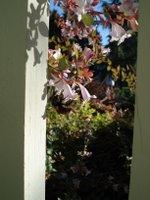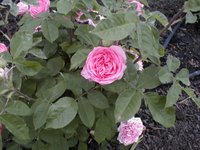
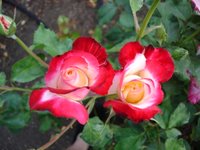

As promised, I'll share some tips and thoughts on growing roses. First I always recommend selecting
desease resistent roses for your area. Here in the Pacific Northwest we get a lot of rain and have many cloudy days so choosing more fungus resistant hybrids makes the job of growing roses somewhat easier. Some gardeners are so tempted to try new hybrids for colour or fragrance that do not preform in there area, but the whole idea of growing roses is to have and enjoy there flowers. So pick roses that well grow to there potential in your environment. In spring I fertilize with a once a year fertilizer and follow that up with an application alfalfa meal that I work into the soil in June and August. In March I apply one cup of
epson salts to each rose (for the magnesium) to encourage new cane growth. During the growing season I spray with
Neem Oil to keep the bugs and fungus down to a minimum. In mid-
September I no longer dead head allowing the roses to develop hips, helping them go dormant in the winter and for fall arrangements in the house. Every spring I apply a inch of compost to soil to help deter black spot since its soil borne. In November I cut my roses to half there height and pick off every leaf to prevent any deceases from over wintering and the end of February to the beginning of March is when I do my major pruning.
People often ask how many roses do I have, which is 20. They are a combination of mostly Hybrid Teas, some
Florabundas, and a few David Austins. All in all it sound like a lot of work but it really isn't. And its well worth it for these garden beauties.




